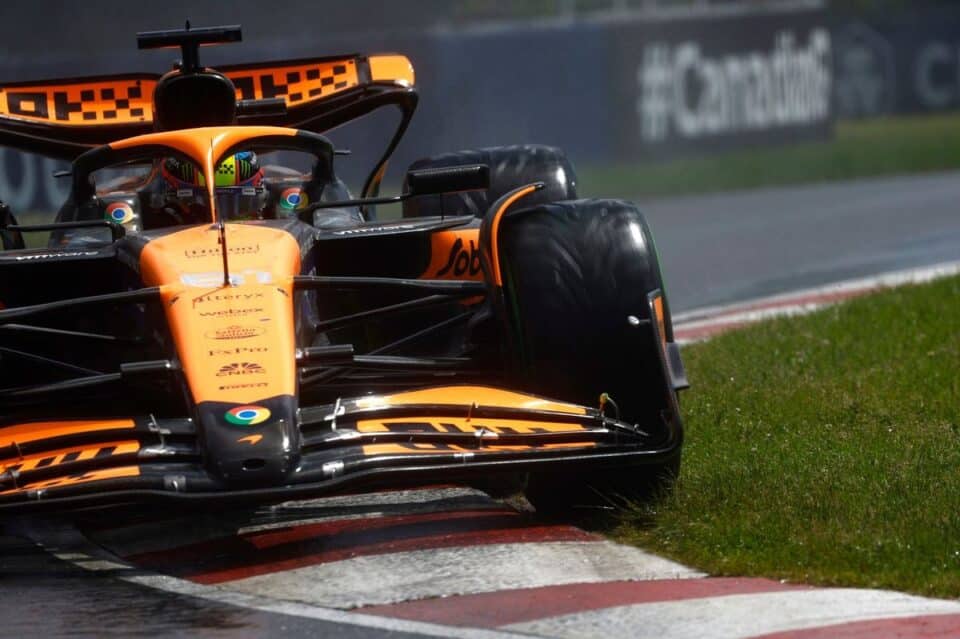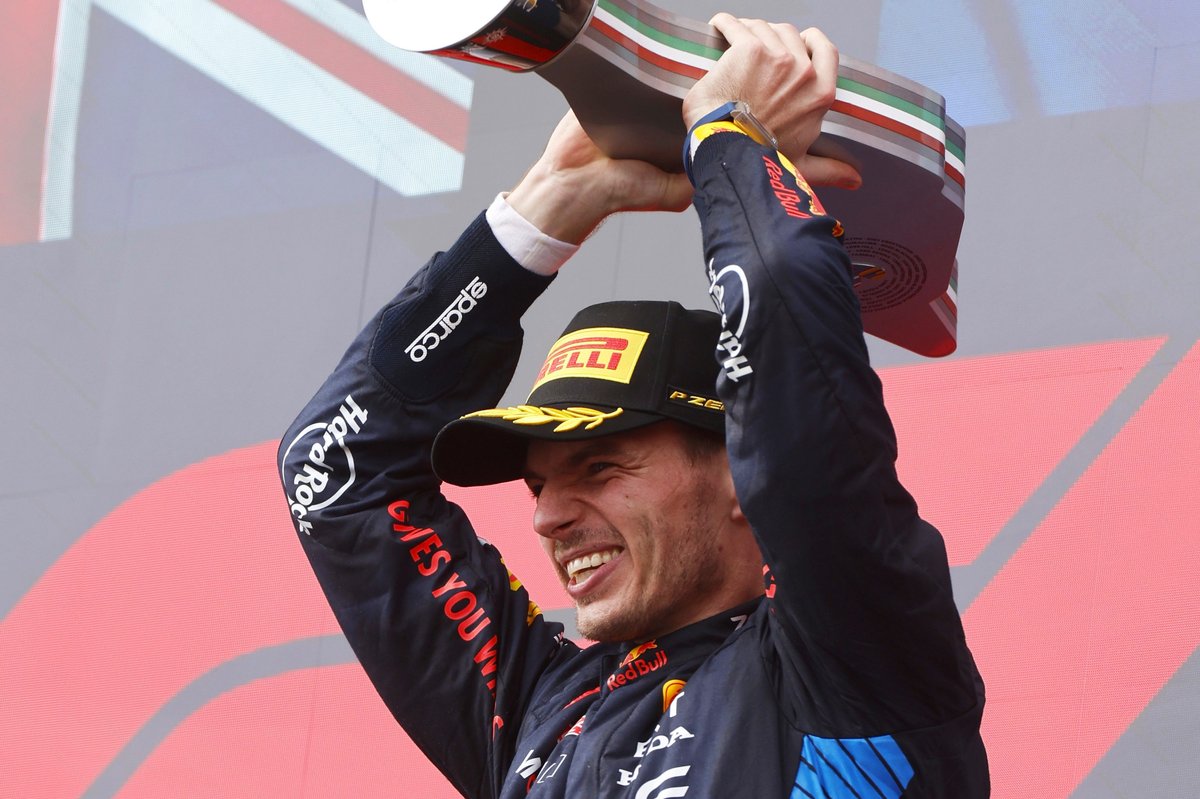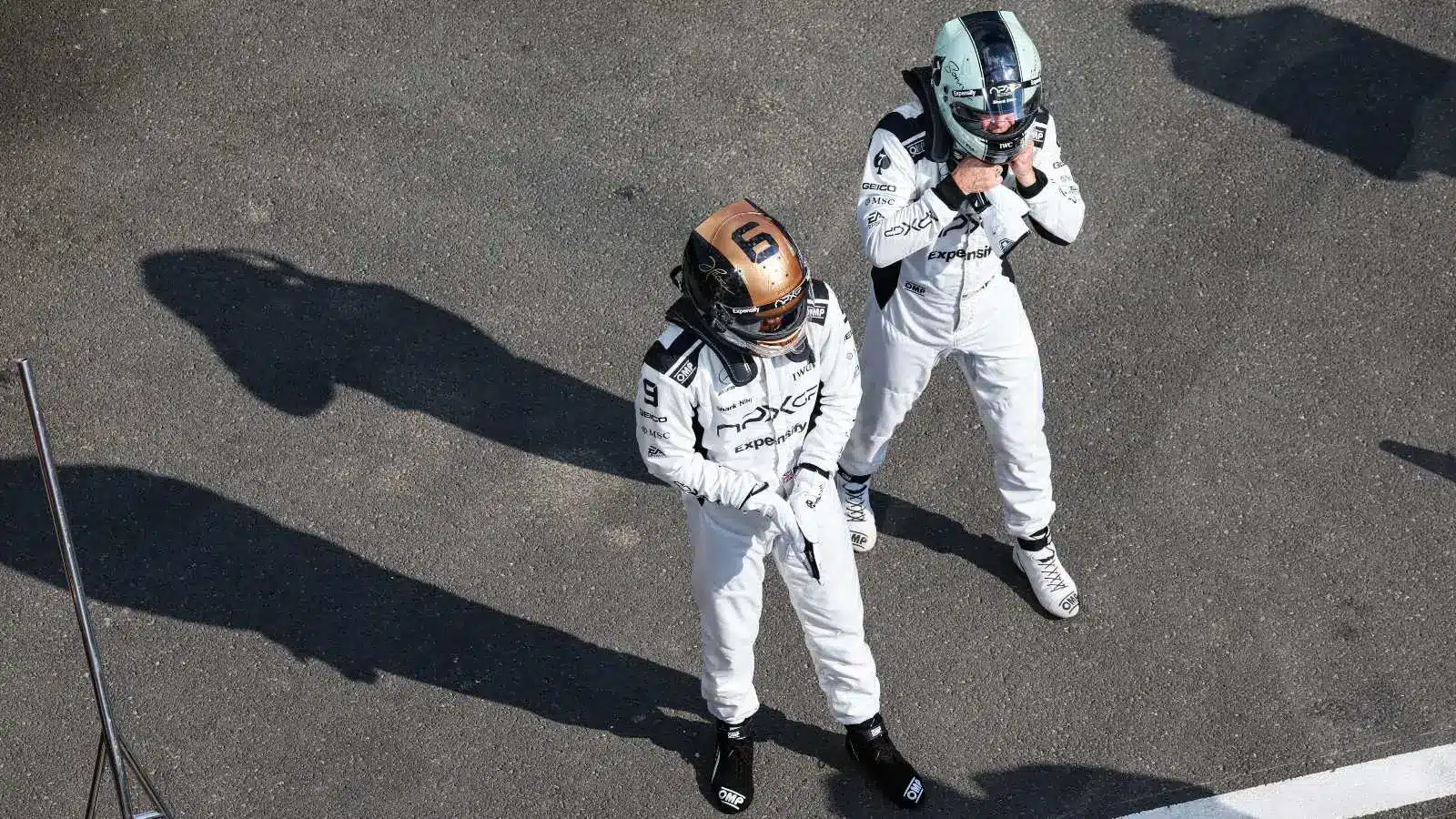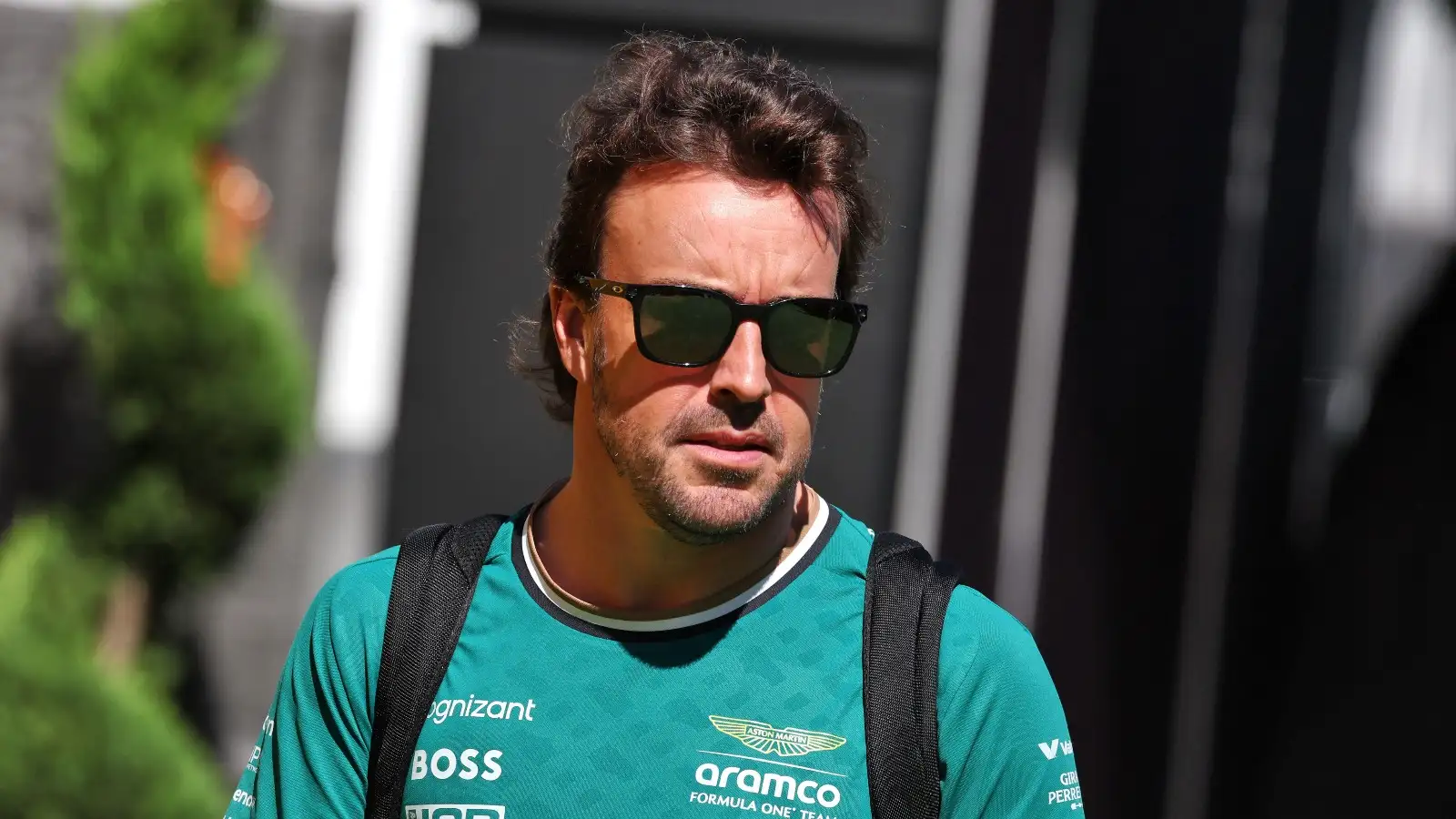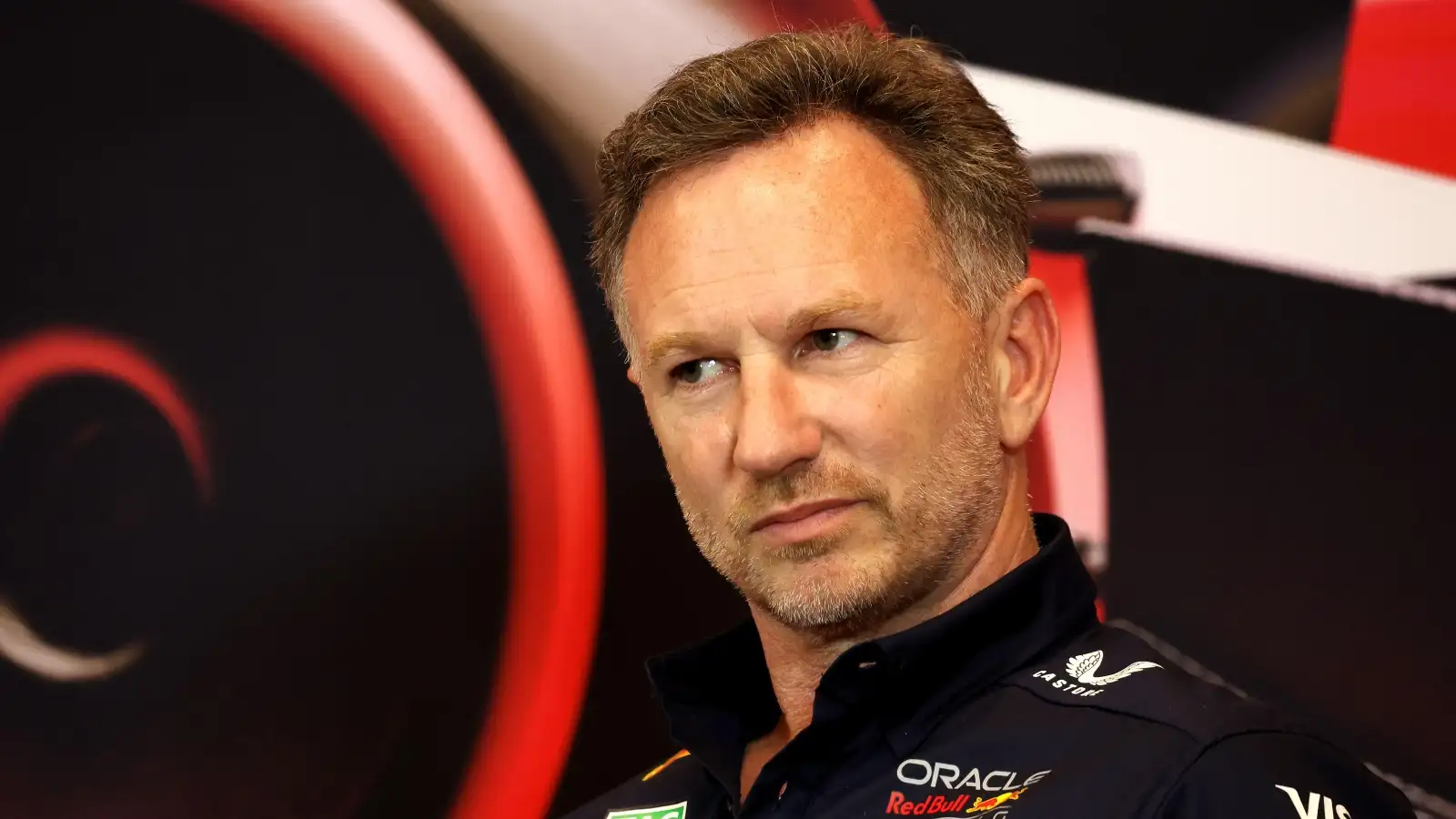Formula 1 fans and pundits alike can’t stop talking about the first-lap debacle at the Monaco Grand Prix. As the dust settles and the wrecks get towed away, the question on everyone’s mind is—who’s really to blame?
The officials classified the pile-up involving Checo Perez, Kevin Magnussen, and Nico Hulkenberg as a ‘racing incident,’ but many, including casual viewers, find this hard to swallow. If you take another look at that uphill climb from Sainte Devote, the picture becomes muddled. Magnussen, by a stroke of luck, might just escape significant blame here. His positioning on the track and the timing—right at the start of the race—probably saved him. Yet, questions linger: what was he thinking? With his extensive knowledge of Monaco, did he honestly believe his move would go unpunished?
The essence of the issue might not be the drivers or their decisions but Monaco itself. This is a track infamous for making overtaking nearly impossible. On lap one, every driver sees their best—and sometimes only—chance to pass. Esteban Ocon’s failed attempt serves as a stark reminder of the risks they are willing to take.
This isn’t a new sentiment. The frustration with Monaco has been simmering for years. Drivers are so jaded that in pre-race interviews, they often downplay the main event. Take, for example, Hamilton and Alonso’s lackluster comments that echo a predictable and dull race. Such a scenario is almost unheard of in other sports.
In contrast, the weekend showcased a thrilling Indy 500 with dynamic lead changes, reminding viewers what real race excitement looks like. While Monaco might lag in terms of race day excitement, it remains a formidable challenge for drivers. Qualifying at Monaco is where the true spectacle lies—an hour of sheer skill and nerve. This year didn’t disappoint, with Leclerc delivering a stellar performance, and unexpected names like Tsunoda, Albon, and Gasly making notable impressions.
However, even with such nail-biting qualifying, the drama doesn’t always translate well to TV. Most viewers can appreciate a slow-motion shot of a tire brushing a barrier, but the full breadth of skill required to master Monaco often goes unnoticed.
Back to Sunday’s unfortunate events: the crash between Perez and Magnussen highlighted the immense energy these cars manage at speeds of 150 mph. Soon after, Ocon handed Gasly the perfect chance for some verbal sparring. The Alpine driver lineup is now under the microscope, seen by many as increasingly unstable.
Despite the lackluster race, it was a momentous day for Leclerc, finally breaking his Monaco curse. Yet, Max Verstappen’s humorous radio quip about needing a pillow sums up the day’s monotony. Verstappen has turned into a voice of reason in the paddock, yet even he couldn’t help but acknowledge a fan’s tweet on the BBC live blog: “The driver with the fastest lap has been lapped.”
Monaco remains a perplexing and frustrating spectacle, a place where the mystique and challenge coexist with moments of mundane racing. It’s clear this track, with its tight streets and challenging layout, is unlikely to change. But whether it will continue to hold its storied place in F1 without evolving is the real question.
Ultimately, if you’re seeking someone to blame for the chaotic first lap at Monaco, it’s not just the drivers but the very nature of the track itself. While the glamour and challenge of Monaco are undeniable, the race itself often leaves much to be desired. The debate over Monaco’s place in modern F1 is far from over.
Source: Motorsport


